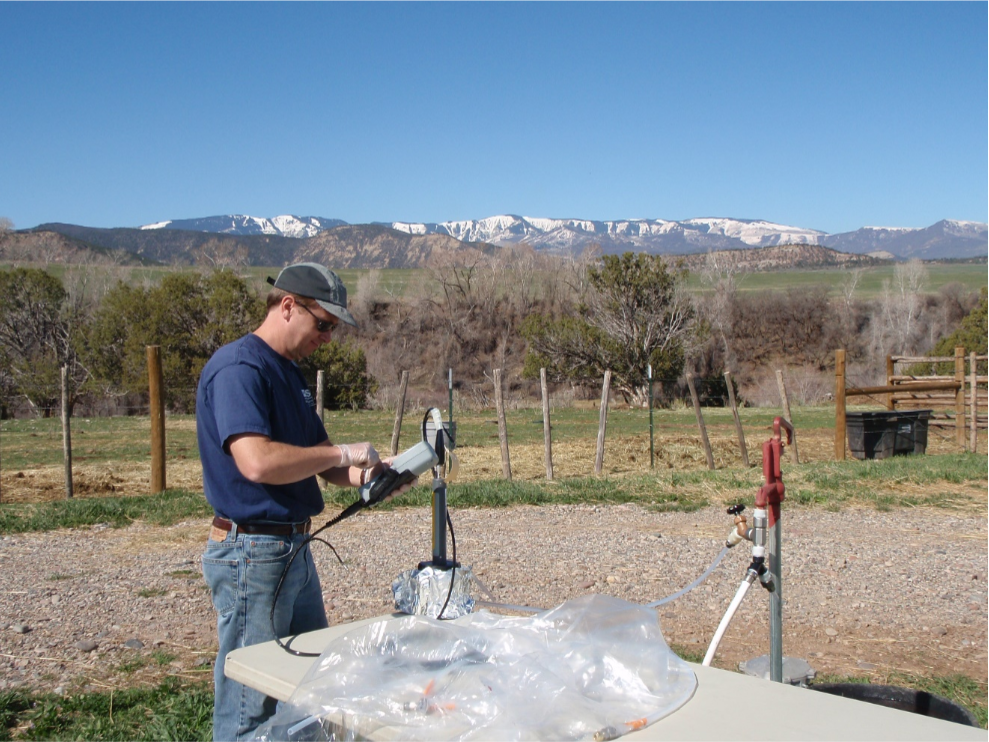National Water-Quality Assessment (NAWQA) Project
A new USGS study reports that about 7 percent of domestic (private) wells in the U.S. have concentrations of manganese at levels that may present a potential human health risk. These wells provide drinking water for an estimated 2.6 million people.
Areas with elevated levels of manganese in groundwater-that is, above the human-health benchmark of 300 micrograms per liter (µg/L)-were concentrated along the Mississippi valley, the eastern coast up to Maine, and the Great Lakes area. The study found that elevated manganese in groundwater occurs most frequently near rivers, where the water table is shallow, where the overlying soil is rich in organic carbon, or where nitrogen fertilizer has been applied to poorly buffered soil. All of these features can be mapped, which could be useful in determining where water wells should be drilled to avoid high concentrations of manganese.
Geochemical data from more than 43,000 water wells were used to investigate the occurrence and distribution of elevated manganese concentrations, defined here as >300 µg/L, in United States groundwater. The data were analyzed in the context of nationally mapped soil and hydrologic features (soil type, soil chemistry, land cover, river locations) and local well features (depth to water, depth below water). The analysis used a recently published national map of populations served by United States domestic wells to estimate the number of people in the conterminous United States who are consuming groundwater from domestic wells with elevated manganese concentrations.
While beneficial in trace quantities, manganese can be harmful to humans at levels above 300 micrograms per liter. Previous studies have indicated that consumption of groundwater containing elevated manganese concentrations can have detrimental effects on human health, in particular affecting the nervous system, and that infants may be particularly sensitive to manganese exposure through drinking water. Manganese can be noticeable at concentrations as low as 50 micrograms per liter, as it gives an unpleasant taste, odor, or color to the water. Levels of manganese can be lowered through treatment. The best way to know the quality of water from your domestic well is to have it tested.
For additional information on the article, contact Pete McMahon (pmcmahon@usgs.gov)

